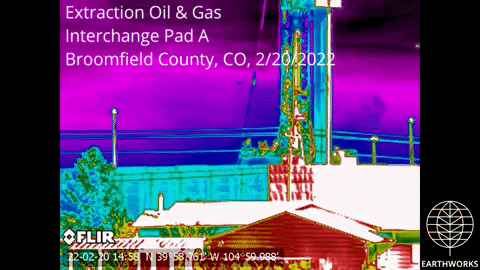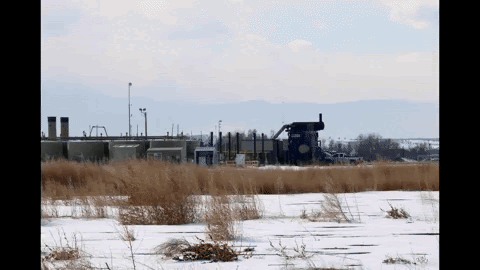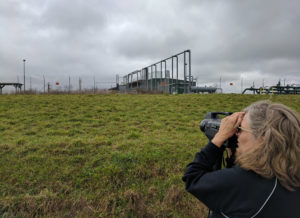On March 10th, 2022 the Colorado Oil and Gas Conservation Commission (COGCC) denied an application for a proposed fracking development by Kerr McGee that would have featured 33 new oil and gas wells between two separate pads in a residential neighborhood in Firestone, Colorado. One of the proposed pads, the McGavin pad, would have included 26 wells located within 2000 ft of almost 100 homes. The denial of this permit is a victory for the residents of Firestone and the clearest demonstration to date of the new rules the COGC adopted in 2020 to protect Coloradans from oil and gas development.
However, the denial of this permit should never have been in question. The Colorado Department of Public Health and Environment demonstrated in a 2019 report that negative health impacts from oil and gas sites are possible up to 2000 feet away. COGCC followed up in 2020 with rules that established a 2000 foot buffer between new oil and gas sites and homes as the most effective measure for reducing impacts on residents. The fact that this same Commission later considered allowing drilling that would have harmed the health of dozens of households must not be lost in the celebration surrounding the plan’s ultimate denial.
The COGCC gave Kerr McGee significant opportunity to make an argument and present a plan to give excuse to COGCC to floutt their own rules on the books. The COGCC deliberated over two days on whether or not to ignore the harm drilling would very likely bring to nearby residents.
Much of the focus of these deliberations was on possible best management practices (BMPs) that Kerr McGee could agree to adopt in order to reduce the impact of the development on nearby residents. These possible BMPs included using an electric rather than diesel powered drilling rig and reducing truck trips by piping in water. Many of the BMPs discussed in these deliberations are already in place on new fracking pads in Broomfield owned by Civitas Resources (formerly Extraction Oil and Gas before a recent merger).
And here is a sample of the pollution captured by our Optical Gas Imaging cameras from these Broomfield pads last year:
Extraction United pad (November 14, 2021) – https://youtu.be/s4rFPRODgyw
Extraction Northwest B pad (November 20, 2021) – https://youtu.be/hHuPf-bqICE
And a sample from another Broomfield pad just a little over a month ago:

Extraction Interchange A pad (February 20, 2022) – https://youtu.be/JLxxY_6VrJw
Whatever BMPs these pads are employing are possibly reducing some impacts associated with development. But they are not reducing harmful pollution from drilling and fracking.
Additionally, many of the BMPs discussed in these deliberations and currently employed on pads in the Front Range are focused on minimizing impacts during drilling and fracking operations in their initial stages. Our fieldwork shows that harmful emissions do not end once fracking has concluded. In fact, pollution from these sites continues to harm nearby communities for years afterwards…and years after that when companies abandon wells to be left to the taxpayer to clean up their mess.

Extraction Diamond Valley East (February 25, 2022) – https://youtu.be/36_jemv0AbQ
The COGCC made the correct decision in denying Kerr McGee’s application, but they undermined any precedent this decision could set by outlining for oil and gas companies what practices they could consider to get a similar application approved in the future. The only practice that is truly protective of public health and safety is never approving a permit for polluting activities in residential communities. Residential drilling will never be safe, and the health of our communities must be protected.

